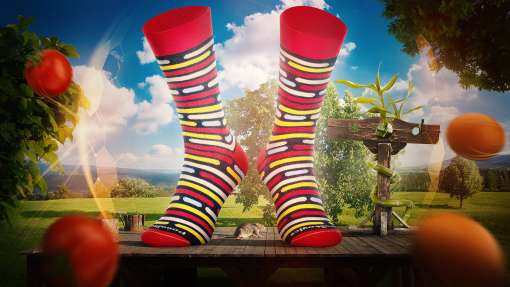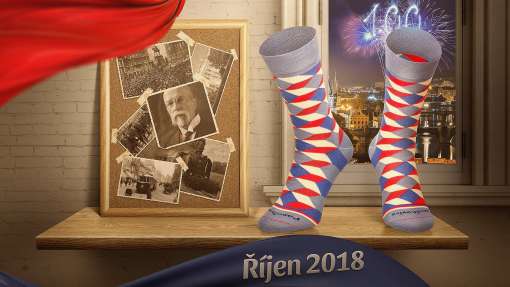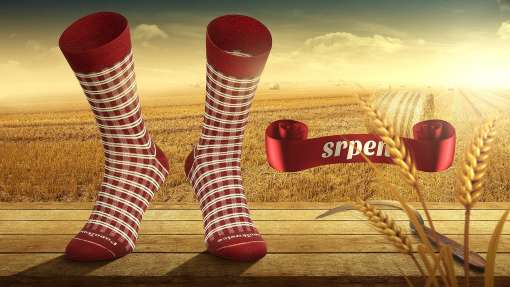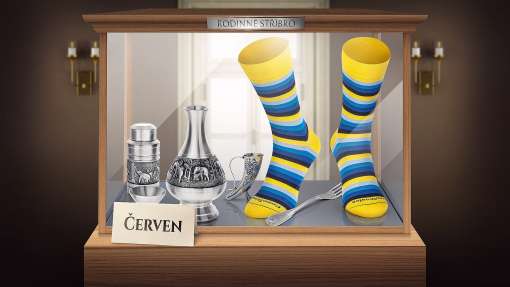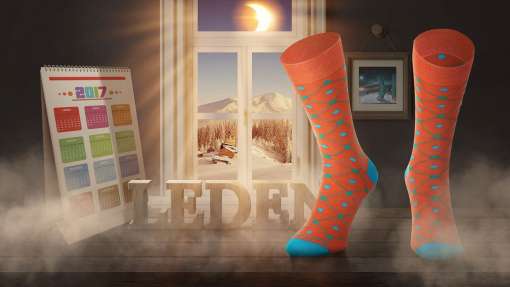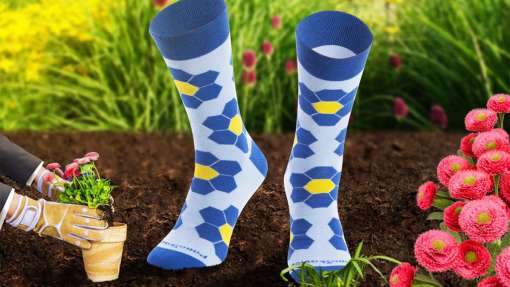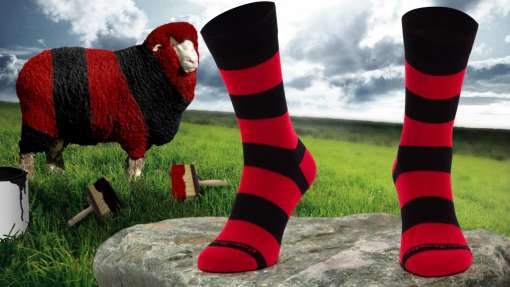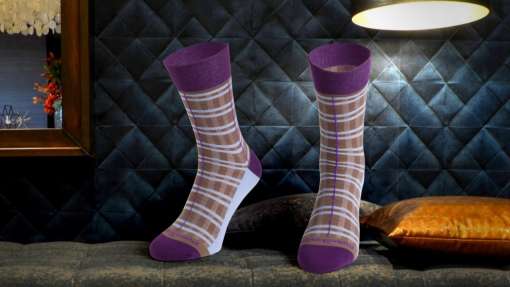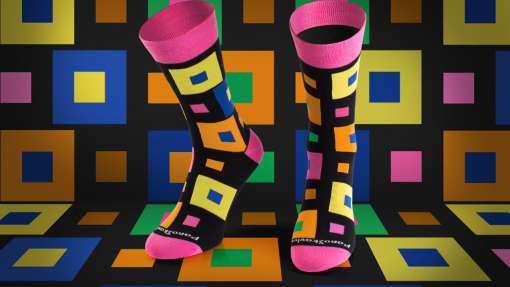March' 24

The Story
Please allow us to tell you a short tale of how one man’s trash can become another’s treasure.
The year is 1856 and the Industrial Revolution is racing ahead full steam. Coal fuels every human endeavour. However, its omnipresence also has its dark side in the form of tar, a toxic, viscous and dully black substance.
Tar was a by-product, the efficient disposal of which became a challenge for the newly burgeoning science of chemistry. During Easter break, an 18-year-old student from London named Henry Perkin, girlfriend-less at the time, tried to solve this riddle.
His goal had been to synthesise quinine, a magical yet elusive antimalarial. Every experiment of his yielded a worthless black precipitate. Still, the young man kept trying new variations, until one day his persistence led him to a discovery that changed the world.
While he was routinely polishing his vials, he noticed his rag became brightly coloured, actually so much so that he couldn’t wash the layer off. However, his failure turned out to be less black than he had thought.
Until that moment, the human eye’s thirst for multicolouredness was difficult to quench. Natural dyes, then obtained from snails, insects or even bovine urine, were inaccessible, unstable and malodorous.
Over the following two decades, the world swapped drab shades of grey and brown for colours so bright that nature itself could envy them. If there was ever a time when humanity experienced an explosion in colourfulness, then it was surely triggered by Perkin’s soiled rag.
Material
We knit it from 80 % cotton yarn, while 10 % consists of dark-green polyamide, which lends the socks greater resistance against wear-and-tear.
The remainder of the socks and their internal wiring are made up of Lycra and polypropylene, which provide the necessary tensile strength, elasticity antibacterial protection.
May you have a springy march in March,
Your Supreme Sock Council
Edition: Men's socks
All socks from Sockfellows are designed and manufactured in the Czech Republic.



















